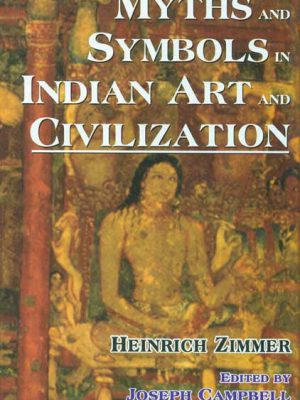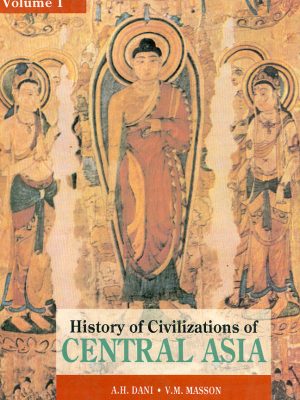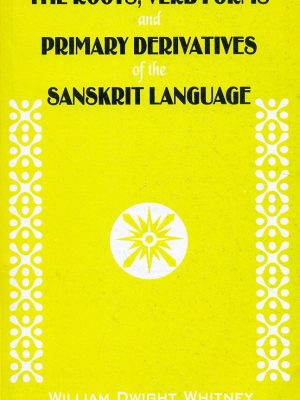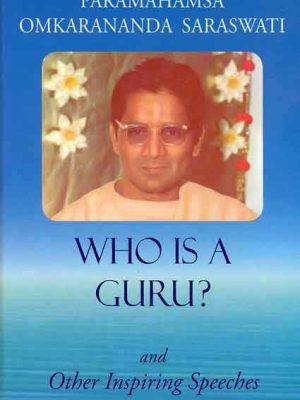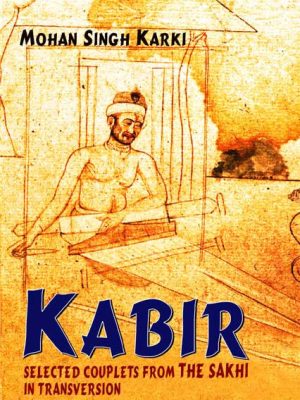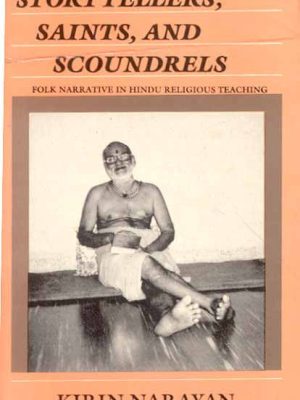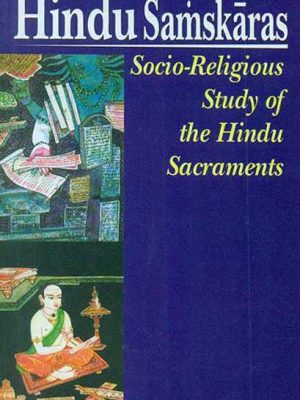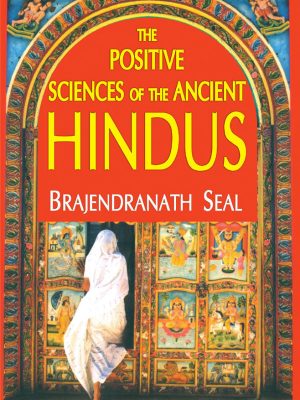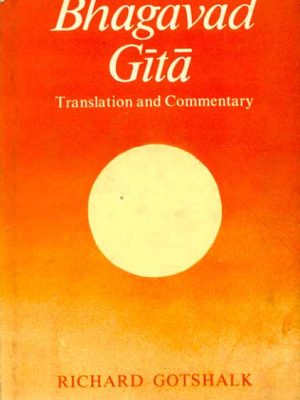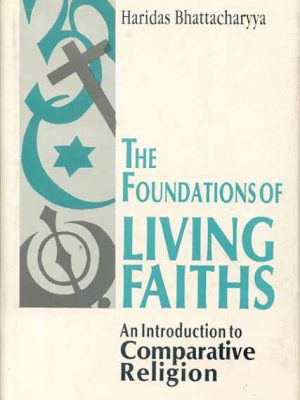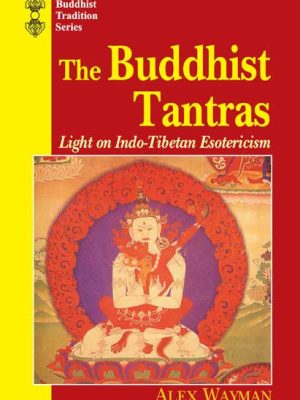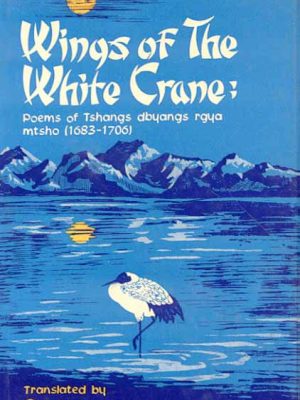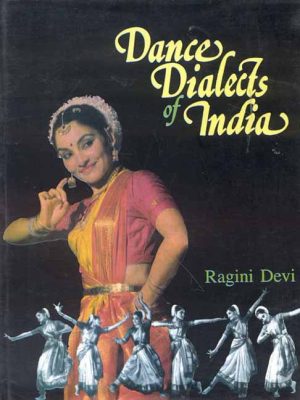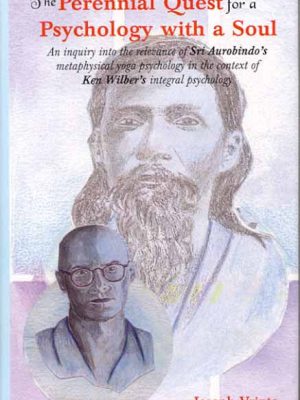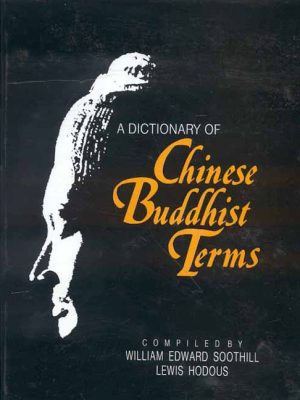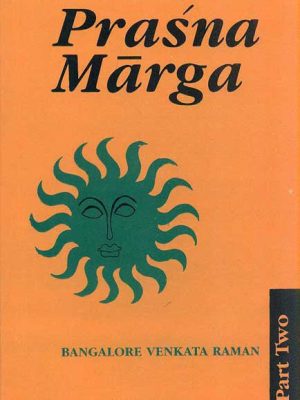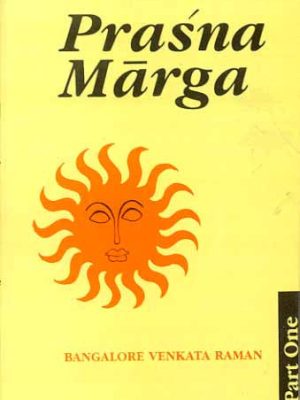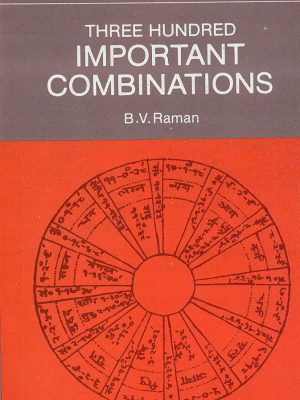Motilal Banarsidass
-
Myths and Symbols in Indian Art and Civilization
Myths and Symbols in Indian Art and Civilization
This book interprets for the Western mind the key motifs of India’a legends myth, and folklore, taken directly from the sanskrit, and illustrated with seventy plates of Indian art. It is primarily an introduction to image thinking and picture reading in Indian art and thought and it seeks to make the profound Hindu and Buddhist intuitions of the riddles of life and death recongnizable not merely as Oriental but as universal elements.
₹595.00 – ₹795.00Myths and Symbols in Indian Art and Civilization
₹595.00 – ₹795.00 -
History of Civilizations of Central Asia: 5 Volumes in 6 Parts (Set of 6 Books)
The multi-volume History of Civilizations of Central Asia is the first attempt to present a comprehensive picture of this subject. The publication of this work falls well within UNESCO’s terms of reference since the underlying research was conducted by a distinguished international team of specialists which for many years laboured in harmony at the task of presenting to a wider public the civilization of this vast area located at the heart of the Eurasian continent. The volumes will reveal the cultures that flourished and vanished in this area, from the dawn of civilization to the present time. Only a few names, such as those of Samarkand, Bukhara or Khiva, are familiar to a wider public; eminent specialists, many of them native to the region, now lift the curtain to reveal a richer, more varied civilization. To a great extent, the history of the ancient and medieval world was shaped by the movements of peoples in this heartland of Eurasia, stretching from the Caspian Sea in the west to the borders of China proper in the east.
₹10,800.00 -
₹1,595.00
-
The Positive Science of the Ancient Hindus
The author’s direct aim in the present work is to furnish the historians of the special sciences with new material which will serve to widen the scope of their survey. The Hindus no less than the Greeks have shared in the work of constructing scientific concepts and methods in the investigation of physical phenomena, as well as of building up a body of positive knowledge which has been applied to industrial technique; and Hindu scientific ideas and methodology (e.g. the inductive method or method of algebraic analysis) have deeply influenced the course of natural philosophy in Asia-in the East as well as the West-in China and Japan, as well as in the Saracen Empire. The author has undertaken a comparative estimate of Greek and Hindu science. Hindu Philosophy om its empirical side was dominated by geometrical concepts and methods. The author has cared to see that the Sanskrit philosophico-scientific terminology, however difficult from its technical character, is rendered exceedingly precise, consistent, and expressive.
₹595.00 -
Bhagavad Gita (Richard Gotshalk): Translation and Commentary
The Bhagavad Gita is a dramatic poem which forms a small part of the great epic, the Mahabharata. The poem is the dialogue through which Arjuna’s doubts are resolved by Krsna’s teaching about the nature and place of action in the ultimate reality of things. The present translation is supplemented by a commentary; both seek to emphasize how the teaching is rooted in the concrete situation, and how its order and structure reflect the changing condition of the conversants and the purpose of the conversation. Footnotes and notes are included to clarify the Sanskrit, to indicate alternative translations, and to note relevant comments from other commentators and translators.
Review(s)
About the Author(s)
₹500.00 -
-
